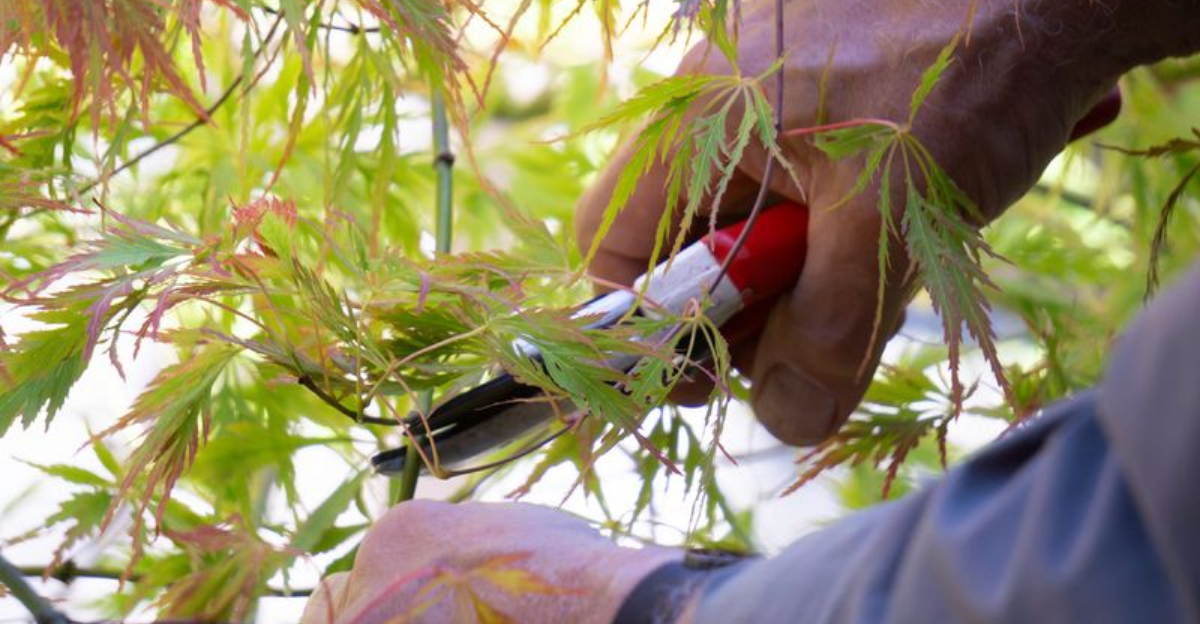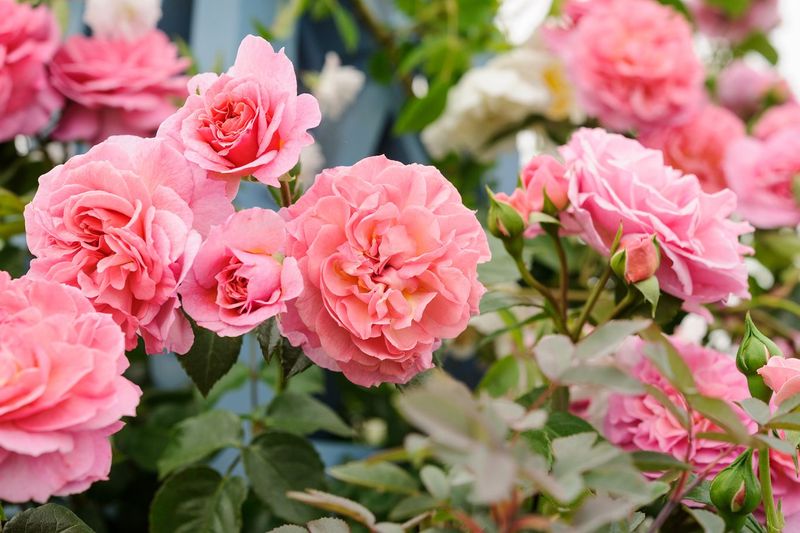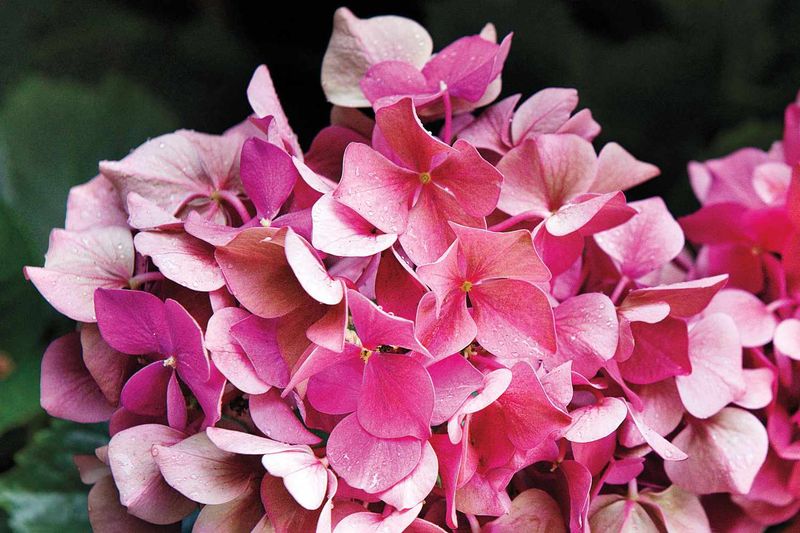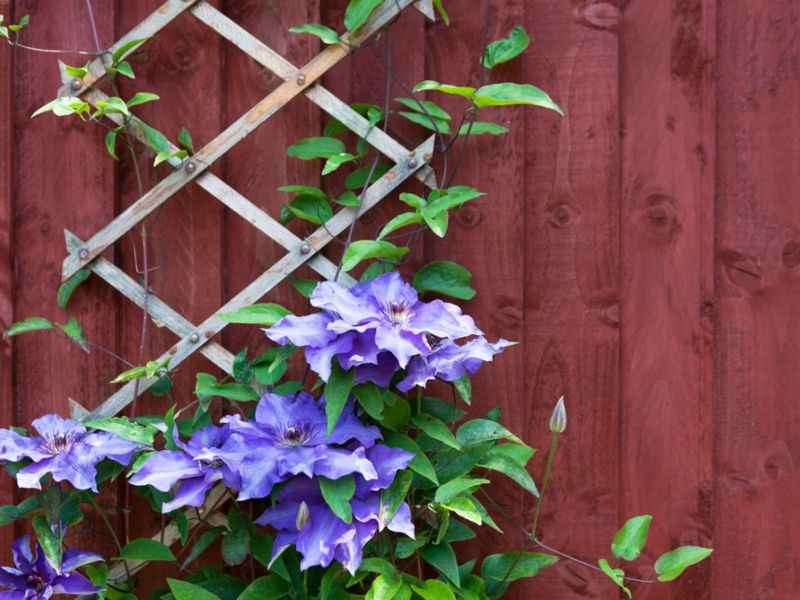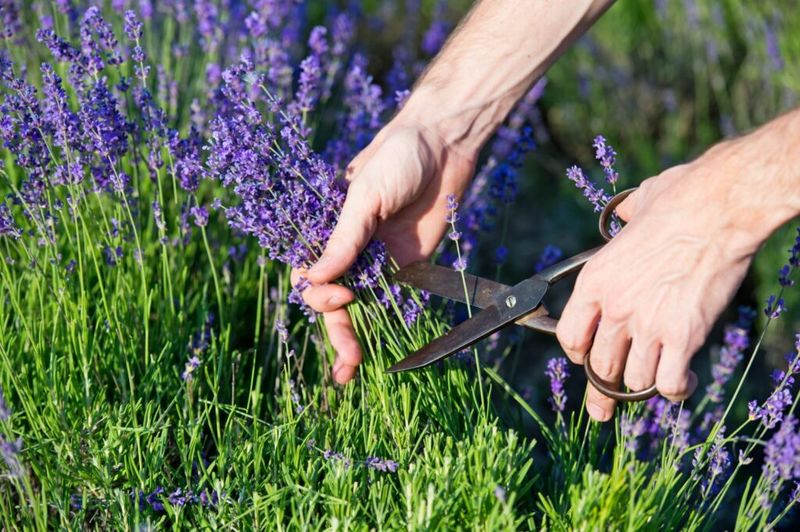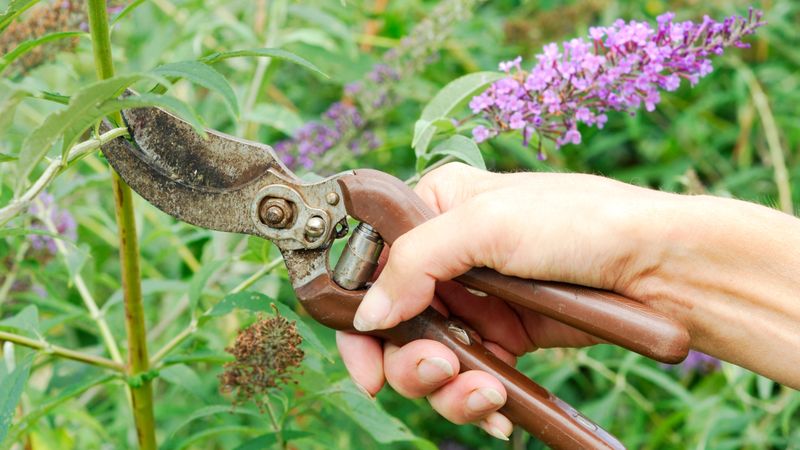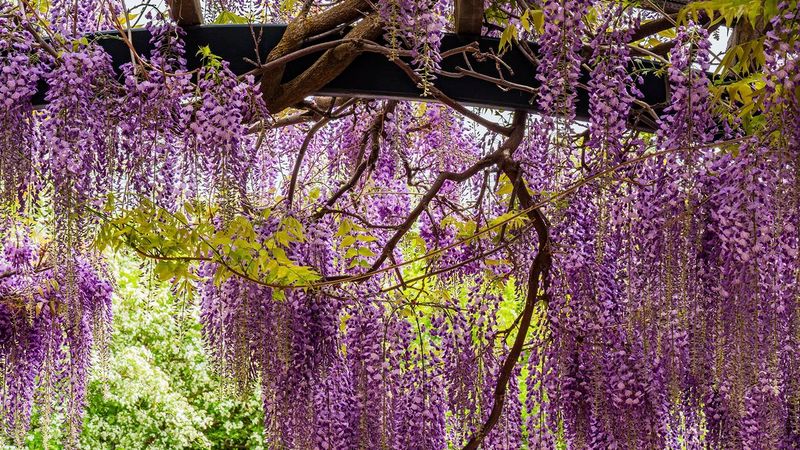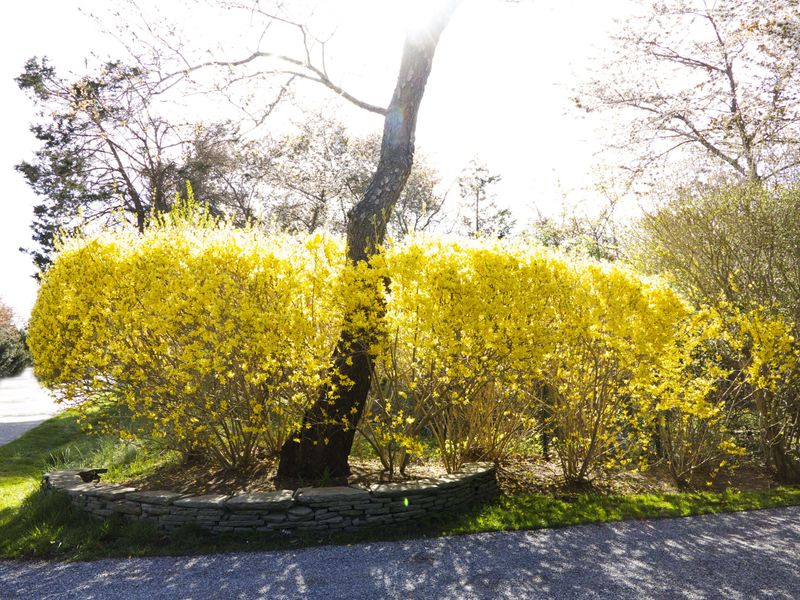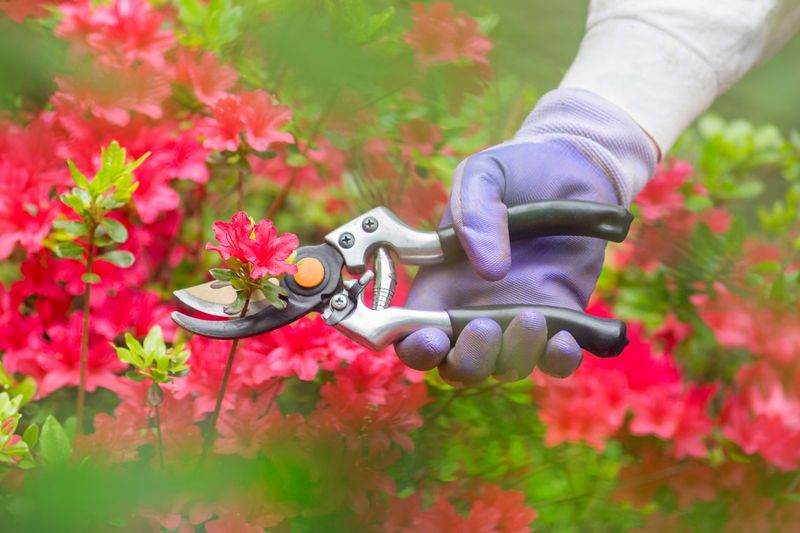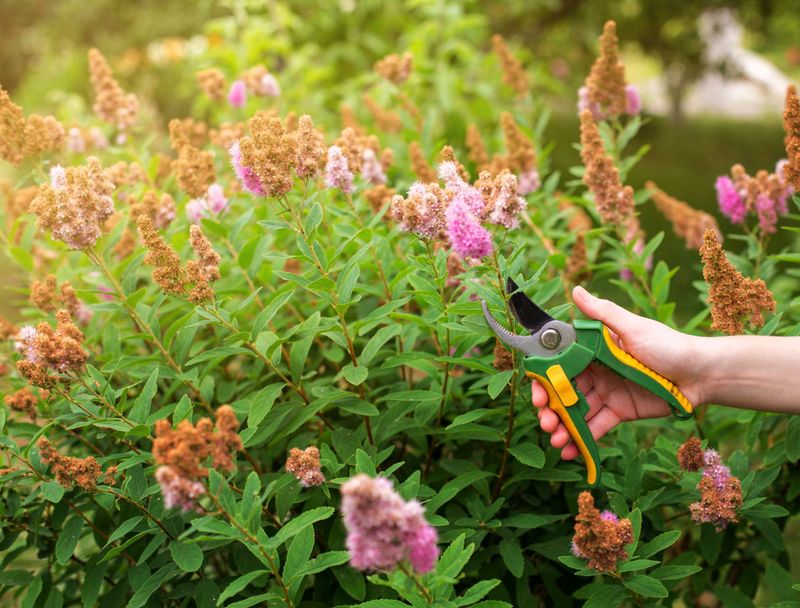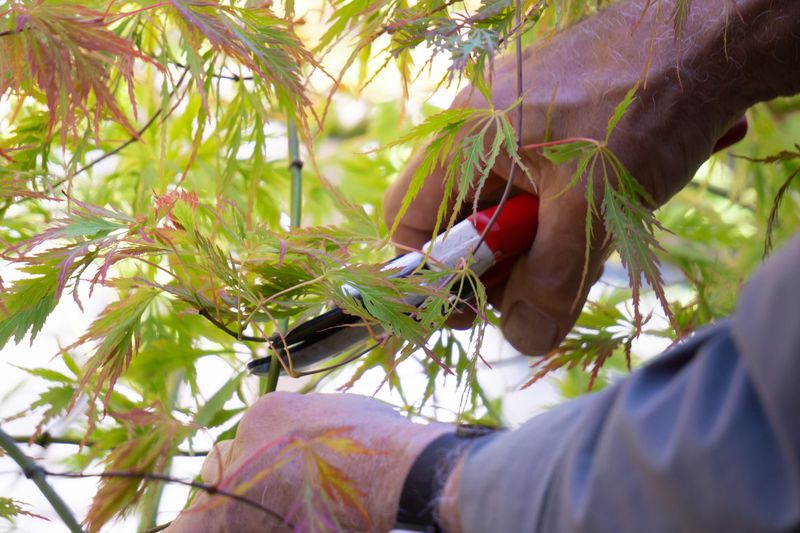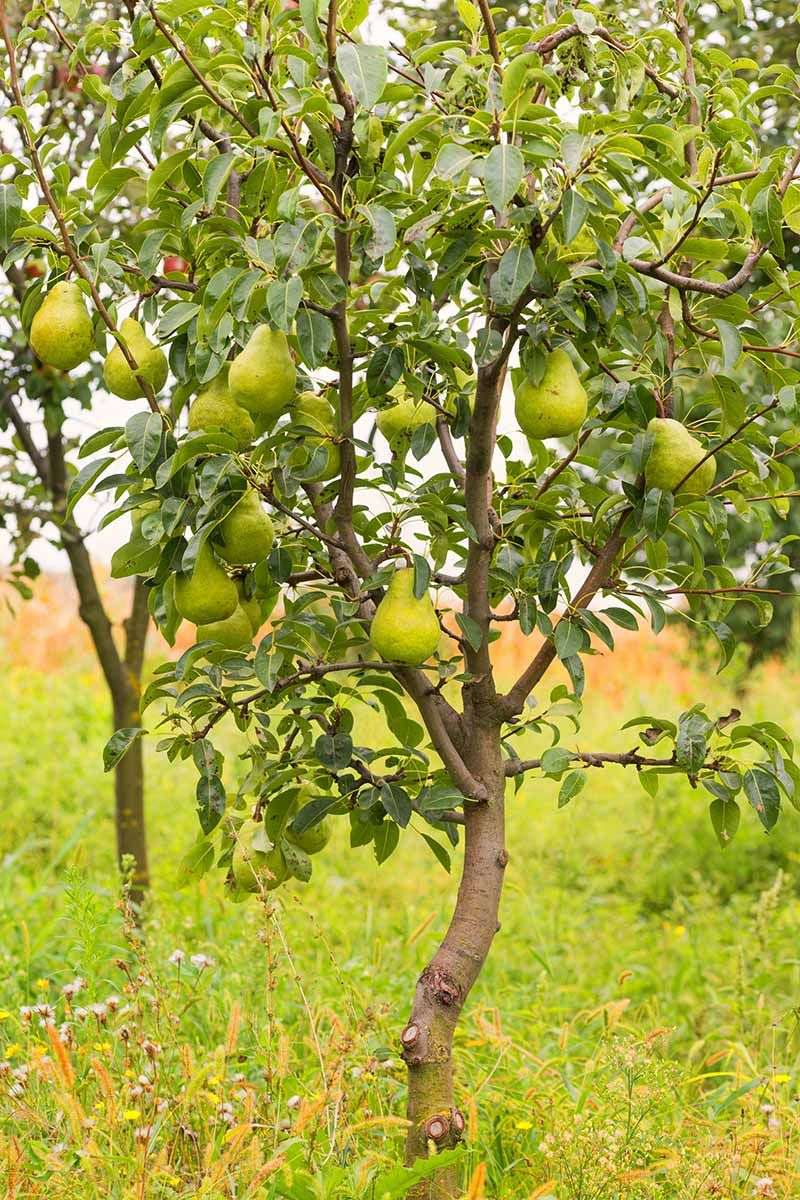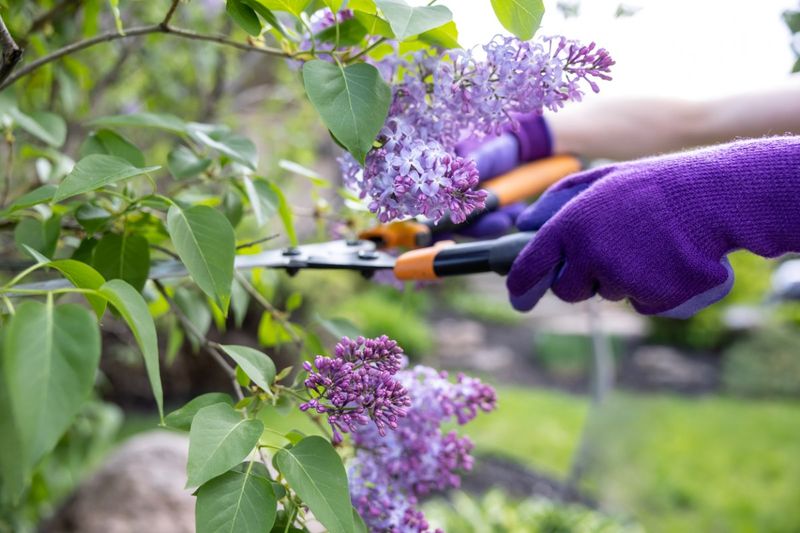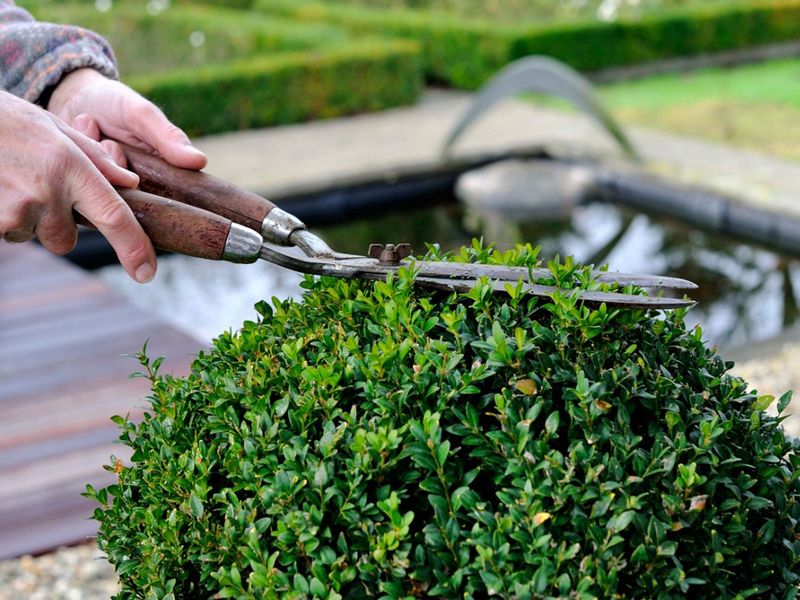Spring is the perfect time to rejuvenate your garden, and April is especially ideal for pruning certain plants to ensure healthier growth and stunning blooms.
Pruning not only encourages vigorous growth but also helps prevent diseases and improves the overall structure of the plants.
In this guide, we’ll explore 13 plants that benefit the most from an April pruning, providing you with tips and insights to make your garden the envy of the neighborhood.
1. Roses
Roses are often considered the stars of any garden, and pruning them in April ensures they perform their best. Begin by removing any dead or damaged wood to encourage new growth.
Focus on cutting back canes that cross over each other to improve air circulation. This helps in preventing fungal diseases that roses are prone to.
Additionally, shaping the bush by cutting above outward-facing buds will guide growth outward, leading to a fuller plant.
2. Hydrangeas
Hydrangeas, with their massive blooms, can become quite a spectacle in your garden. Pruning them in April helps control their shape and size while promoting larger flowers. Cut back old wood to ground level, especially on varieties like smooth hydrangeas.
This will stimulate robust new shoots. For other types, remove only the dead stems. This method ensures a neat appearance and invigorates the plant for the coming season.
3. Clematis
Clematis vines can quickly become unruly, so pruning them in April is essential to keep them tidy and blooming well. Begin by determining the type of clematis you have, as some bloom on old wood while others on new.
For those blooming on new wood, cut back stems to about 12 inches above the ground. This encourages a bushier plant with more flowers in the summer. Tending to your clematis in this way will reward you with a stunning display.
4. Lavender
Lavender, with its soothing scent, is a favorite in many gardens. Pruning it in April keeps it from becoming woody and encourages lush growth. Focus on trimming back about one-third of the plant, ensuring you do not cut into old wood which might not regenerate.
This practice not only maintains its compact shape but also enhances its fragrance. Properly pruned lavender will produce abundant purple blooms and thrive throughout the season.
5. Butterfly Bush
The butterfly bush is a magnet for pollinators, and pruning it in April enhances its allure. Cut back the plant to about a foot from the ground to encourage vigorous growth. This radical pruning results in more branches and prolific blooms.
By removing dead wood and shaping the plant, you improve air circulation and reduce disease risks. Your butterfly bush will not only look healthier but will also draw in butterflies, adding movement and life to your garden.
6. Wisteria
Wisteria’s enchanting blooms can take over if left unchecked. Prune these vigorous climbers in April to maintain control. Focus on cutting back the long, whippy shoots to about six inches, leaving a few buds on each.
This process helps to channel the plant’s energy into producing more flowers rather than rampant growth. By doing so, you ensure a spectacular floral display that drapes elegantly over your pergola or trellis, captivating everyone who sees it.
7. Forsythia
Forsythia’s yellow blooms are a herald of spring. Pruning in April, right after the flowering ends, ensures next year’s bloom is just as vibrant. Remove a third of the oldest stems each year to prevent the bush from becoming too dense.
This method encourages new growth from the base and maintains the plant’s graceful arching shape. To keep forsythia looking its best, focus on opening up the center to allow sunlight and air to penetrate.
8. Azaleas
Azaleas, with their vibrant blooms, are best pruned in April to maintain their shape and encourage more flowers. Use sharp pruning shears to remove any dead or crossing branches. Focus on trimming back to a healthy bud to stimulate growth.
Careful pruning keeps azaleas looking neat and supports their blooming potential. Don’t cut too far back into old wood, as this can hinder growth. With the right technique, your azaleas will flourish beautifully.
9. Spiraea
Spiraea shrubs are a lovely addition to any garden, with their frothy blooms and resilient nature. In April, pruning is key to controlling their size and enhancing flower production. Focus on removing old wood and cutting back the stems to promote vigorous new growth.
This ensures a fresh and lush appearance that complements other spring blooms. By maintaining your spiraea, you not only improve its shape but also increase its longevity and flowering potential.
10. Japanese Maple
Japanese maples are prized for their elegant foliage, and pruning in April helps shape these trees beautifully. Start by removing any dead, damaged, or crossing branches. Focus on thinning the canopy to allow light and air to reach the inner branches.
This not only enhances the tree’s appearance but also reduces the risk of disease. By nurturing your Japanese maple through careful pruning, you’ll ensure it remains a stunning focal point in your landscape.
11. Fruit Trees (Apple, Pear)
Pruning fruit trees like apples and pears in April is crucial for a bountiful harvest. Start by removing dead or diseased branches to maintain tree health. Focus on shaping the tree to allow sunlight to penetrate the canopy, which improves fruit development.
Cut back overly vigorous shoots to encourage a more compact and manageable tree. This method not only boosts fruit production but also enhances the tree’s overall vitality, ensuring a fruitful yield come harvest time.
12. Lilacs
Lilacs are cherished for their intoxicating fragrance and lush blooms. Pruning them in April, immediately after they finish flowering, is essential for maintaining their vigor. Remove spent flower heads and cut back about a third of the old wood annually.
This encourages new growth and more prolific blooming the following year. By paying attention to lilacs at this time, you’ll enjoy not only their beauty but their delightful scent filling the air in spring.
13. Boxwood
Boxwood hedges offer a touch of elegance to gardens, and April pruning keeps them looking sharp. Use clean, sharp shears to shape the bushes into neat forms. Focus on trimming back to maintain the desired size and remove dead or damaged branches.
Regular pruning not only helps in keeping the hedges dense but also reduces the risk of disease. With careful attention, boxwoods will provide structured greenery that complements any outdoor space.
